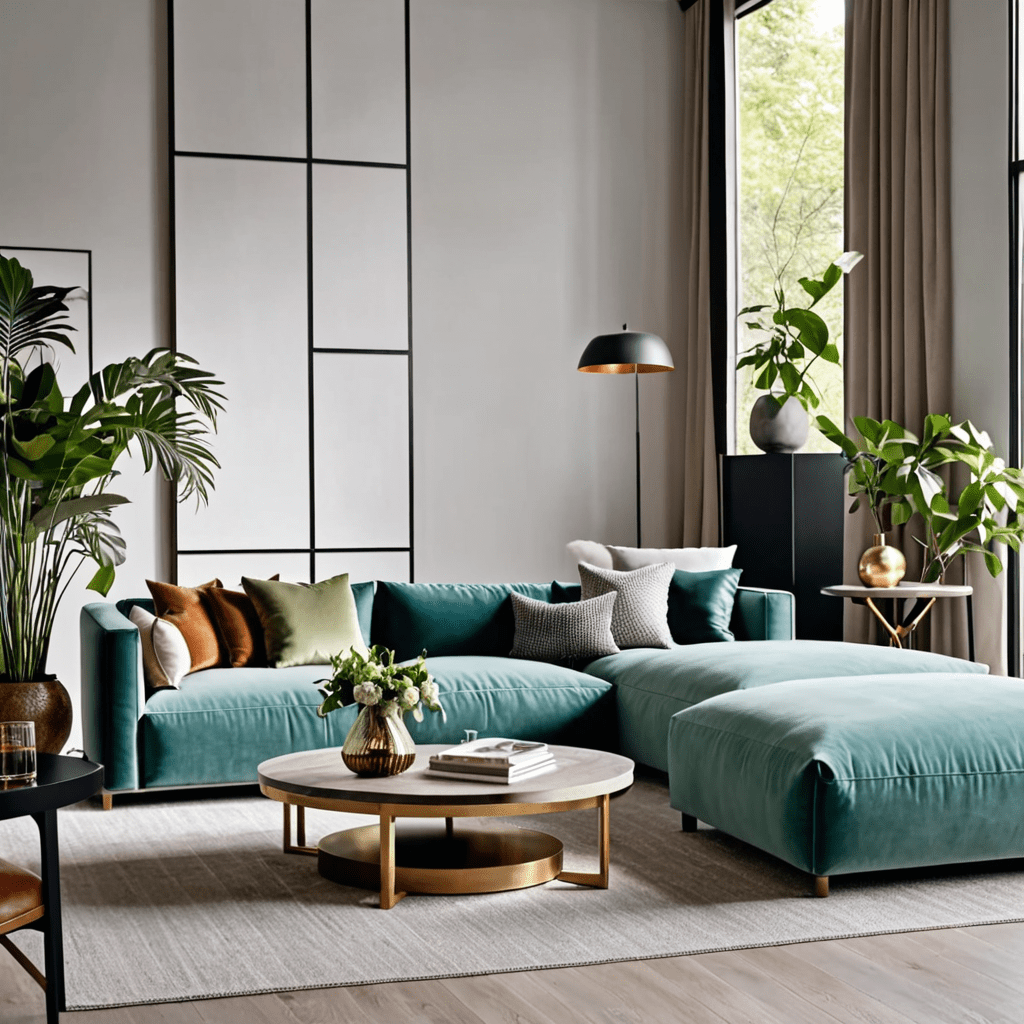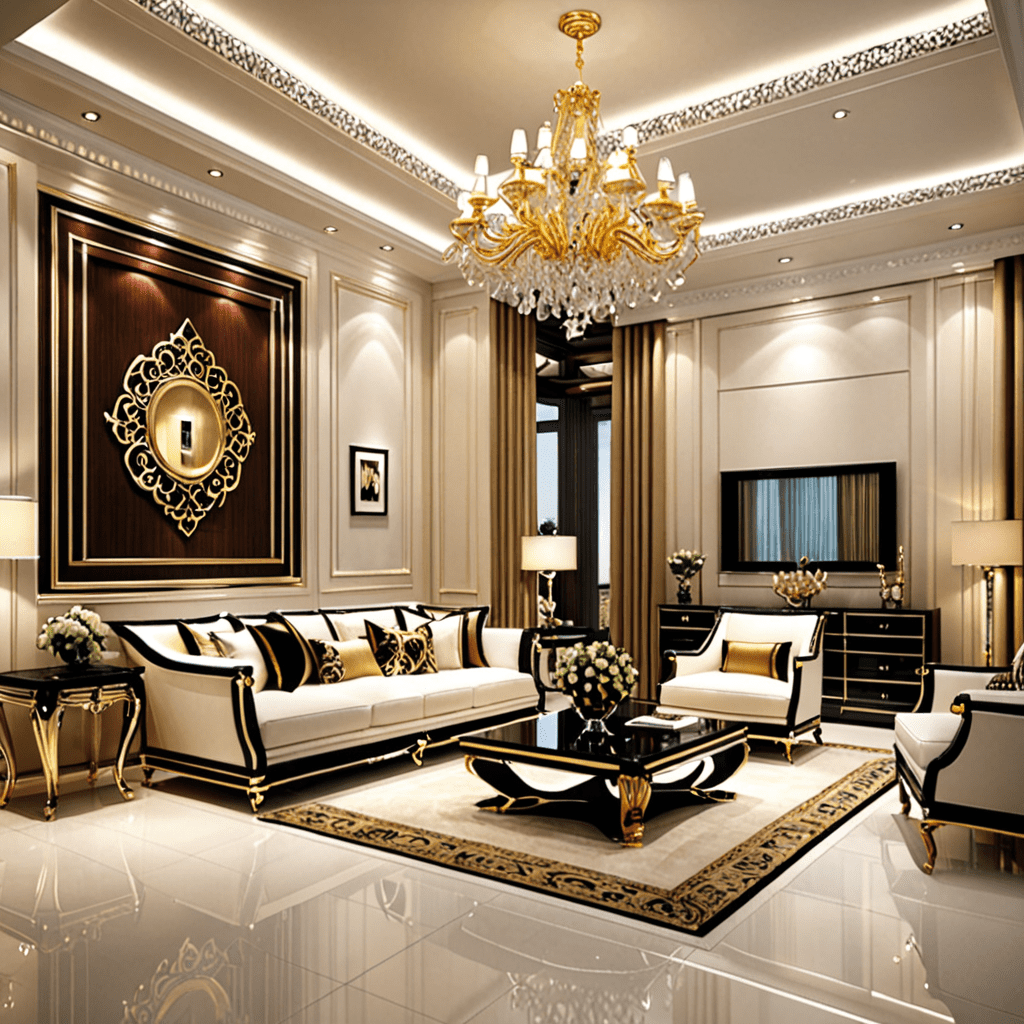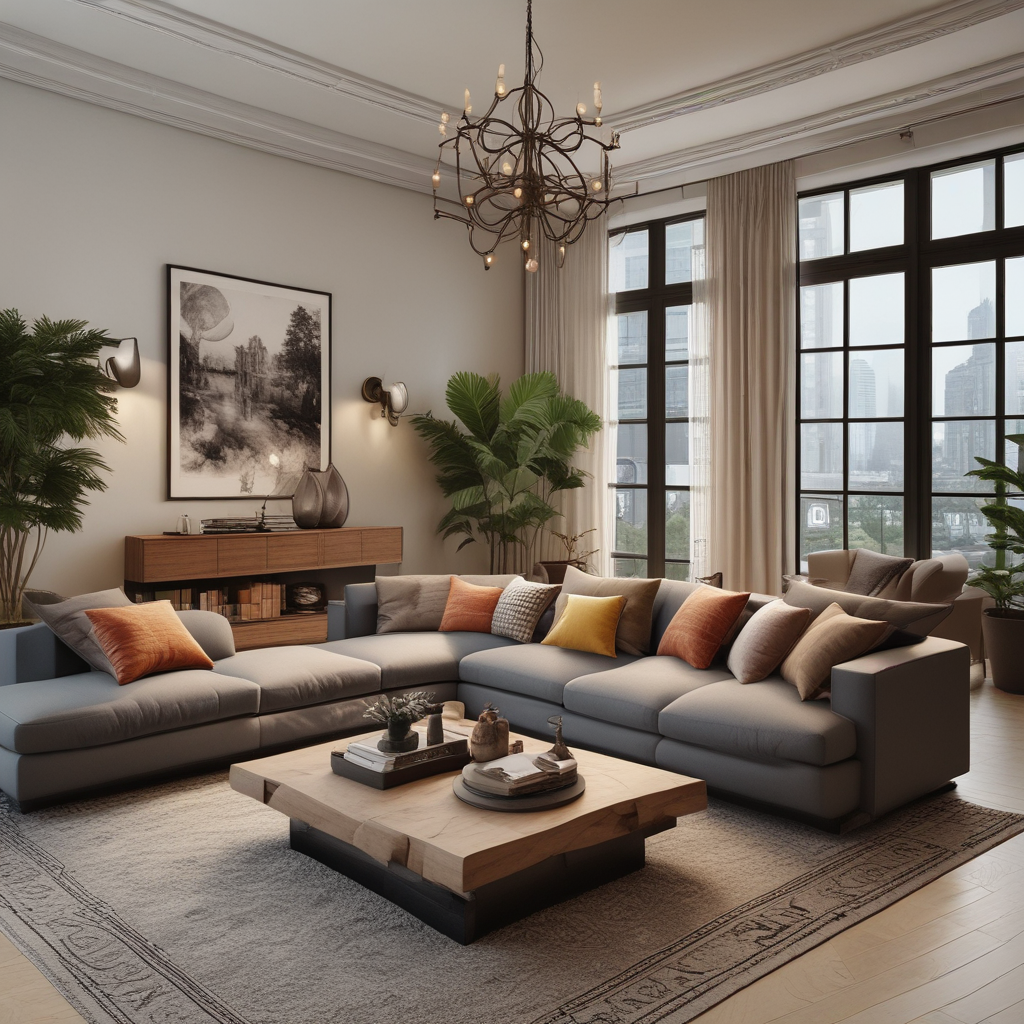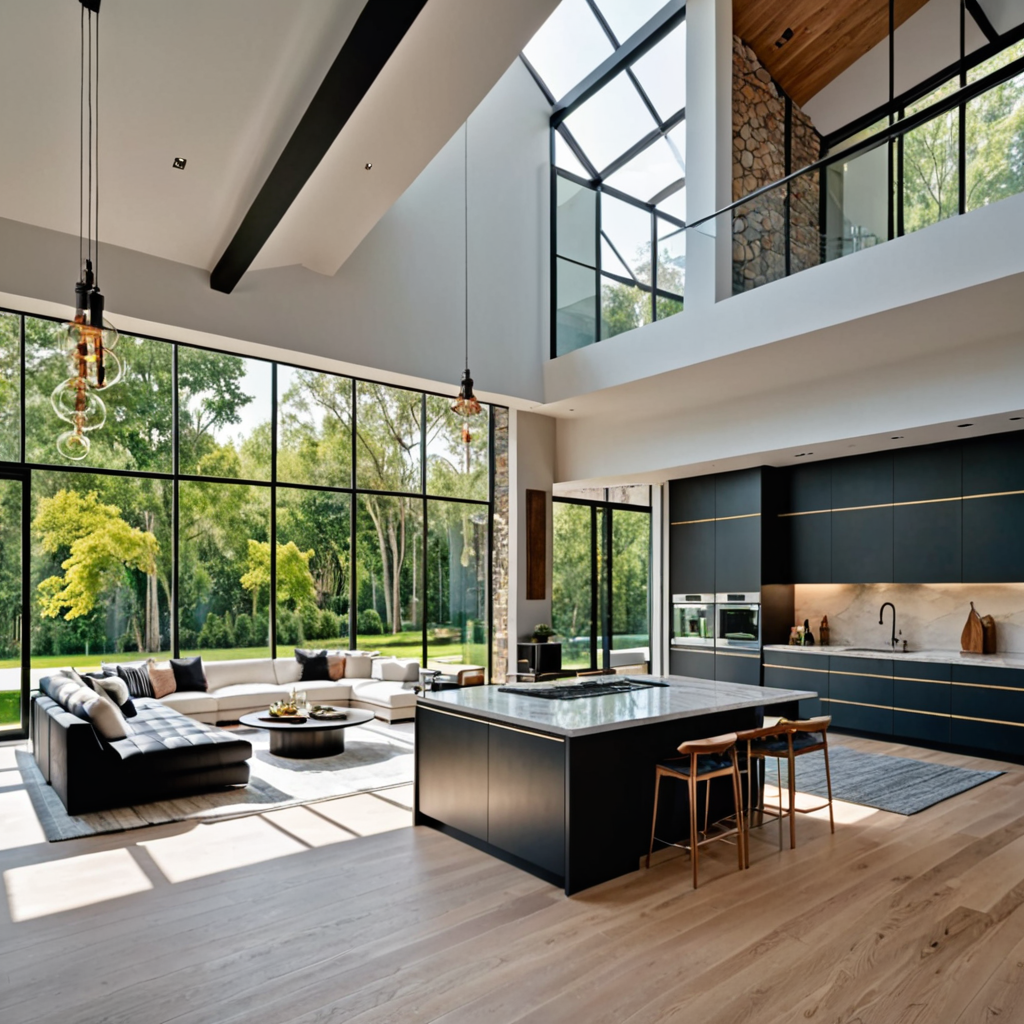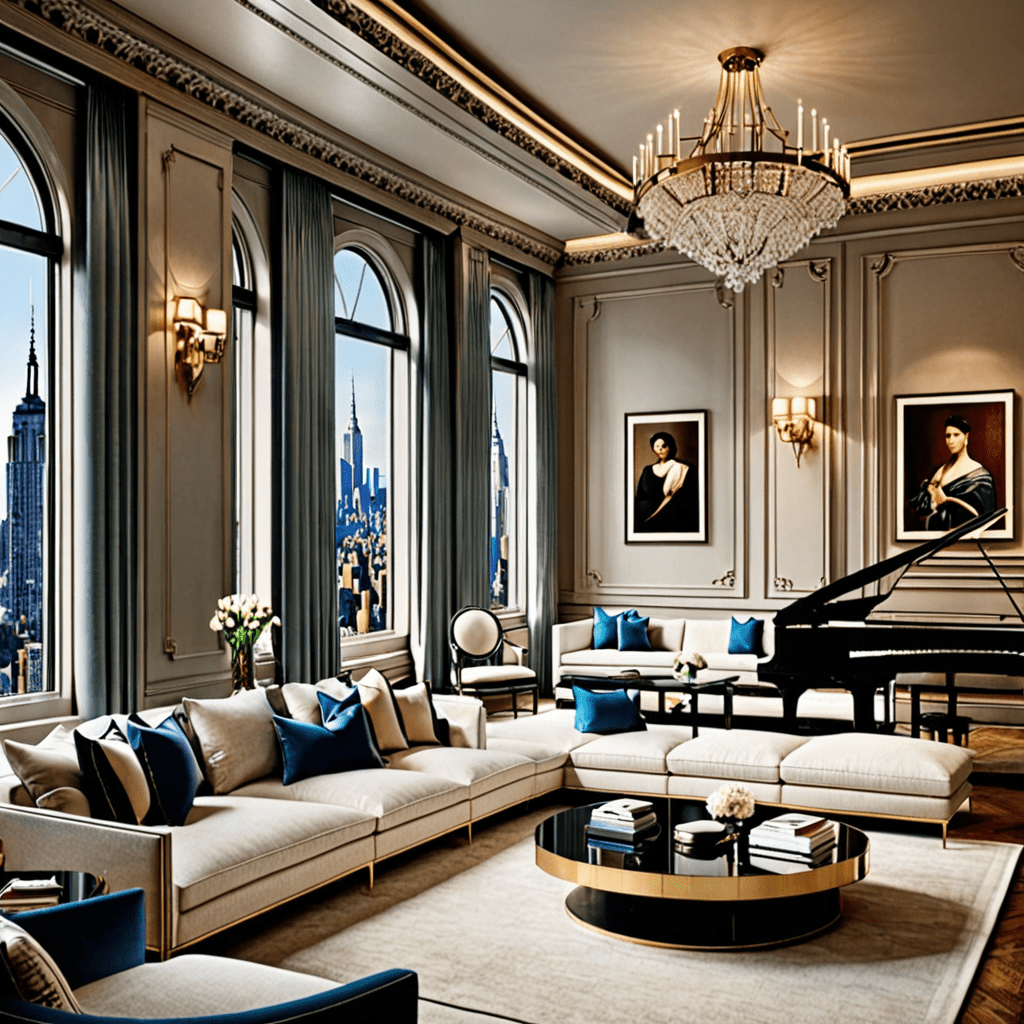Ultimate Guide to Stunning Interior Ceiling Designs for Your Home


Ultimate Guide to Stunning Interior Ceiling Designs for Your Home
1. Importance of Interior Ceiling Design
Enhancing the aesthetic appeal of a home goes beyond choosing the right furniture and decor. The ceiling, often overlooked, plays a crucial role in creating a visually stunning and harmonious space. It is essential to pay attention to interior ceiling design as it can transform the overall ambiance of your home.
2. Different Types of Ceiling Designs
There are several types of ceiling designs that you can consider for your home. From classic to contemporary, each style offers a unique and distinct look. Some popular options include:
- Tray ceiling
- Coffered ceiling
- Cathedral ceiling
- Exposed beam ceiling
- Vaulted ceiling
3. Factors to Consider in Ceiling Design
When choosing a ceiling design for your home, there are a few factors to consider:
- Room size and height
- Architectural style of the home
- Desired aesthetic appeal
- Lighting requirements
- Budget constraints
4. Tips for Choosing the Right Ceiling Design
To ensure you choose the perfect ceiling design for your home, consider these tips:
- Research and gather inspiration from reputable home design sources
- Consult with a professional interior designer
- Consider the overall style and theme of your home
- Take into account the functionality and purpose of each room
- Experiment with colors, textures, and materials
5. Implementing Ceiling Design Ideas
Once you’ve selected a ceiling design, it’s time to bring your vision to life. Here are a few ways to implement your chosen design:
- Hire a professional contractor for installation
- Ensure proper lighting placement to highlight the ceiling
- Choose suitable materials for the design
- Consider adding decorative elements, such as mouldings or medallions
6. Maintenance and Care
Proper maintenance is essential to preserve the beauty and integrity of your interior ceiling design. Regular cleaning and inspections can prevent issues such as water damage and cracks. Consult with professionals for repairs or maintenance tasks beyond your scope of expertise.
7. Frequently Asked Questions (FAQ)
Q: How much does it cost to install a new ceiling design?
A: The cost of installing a new ceiling design varies depending on factors such as the complexity of the design, materials used, and the size of the room. It’s best to consult with professionals for an accurate cost estimate.
Q: Can I install a new ceiling design myself?
A: While some simpler designs can be done as a DIY project, it is generally recommended to hire a professional for more complex installations. They have the expertise and experience to ensure the design is implemented correctly and safely.
Q: How long does it take to install a new ceiling design?
A: The time required for installation depends on the complexity of the design and the size of the space. Simple designs may take a few days, while more intricate designs can take weeks. It’s best to discuss the timeline with your contractor.
Q: Can a ceiling design impact the acoustics of a room?
A: Yes, certain ceiling designs can enhance or alter the acoustics of a room. For example, adding acoustic panels or a sound-absorbing material can improve sound quality. Consult with professionals to determine the best options for your specific needs.
Q: Can I change my ceiling design without major renovations?
A: Yes, there are various ways to change the look of your ceiling without major renovations. These include painting, adding removable decorative elements, or incorporating lighting fixtures that draw attention to the ceiling.
Q: Are there any eco-friendly options for ceiling design?
A: Yes, there are eco-friendly materials available for ceiling designs, such as reclaimed wood or recycled metal tiles. These options not only contribute to a more sustainable environment but also add unique and interesting textures to your space.
